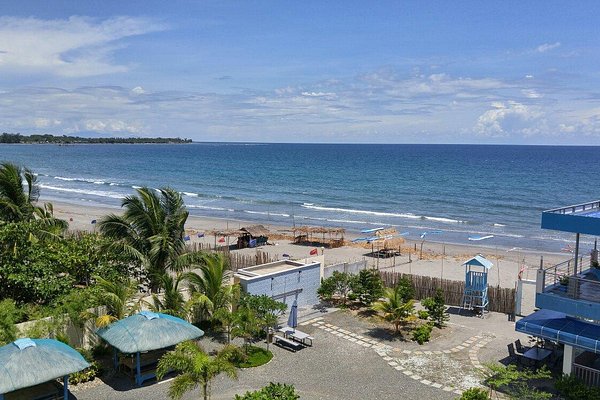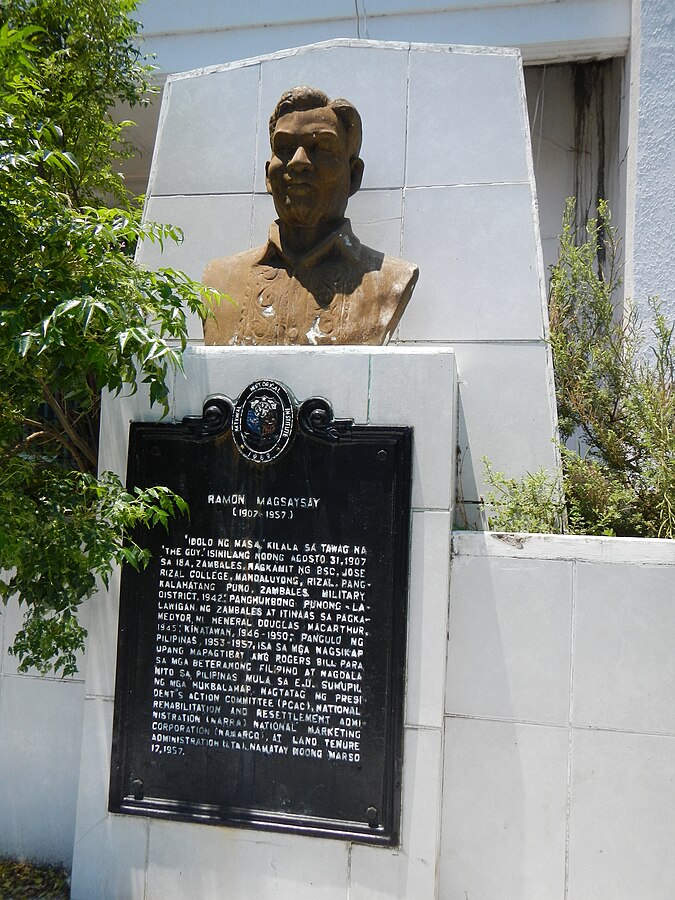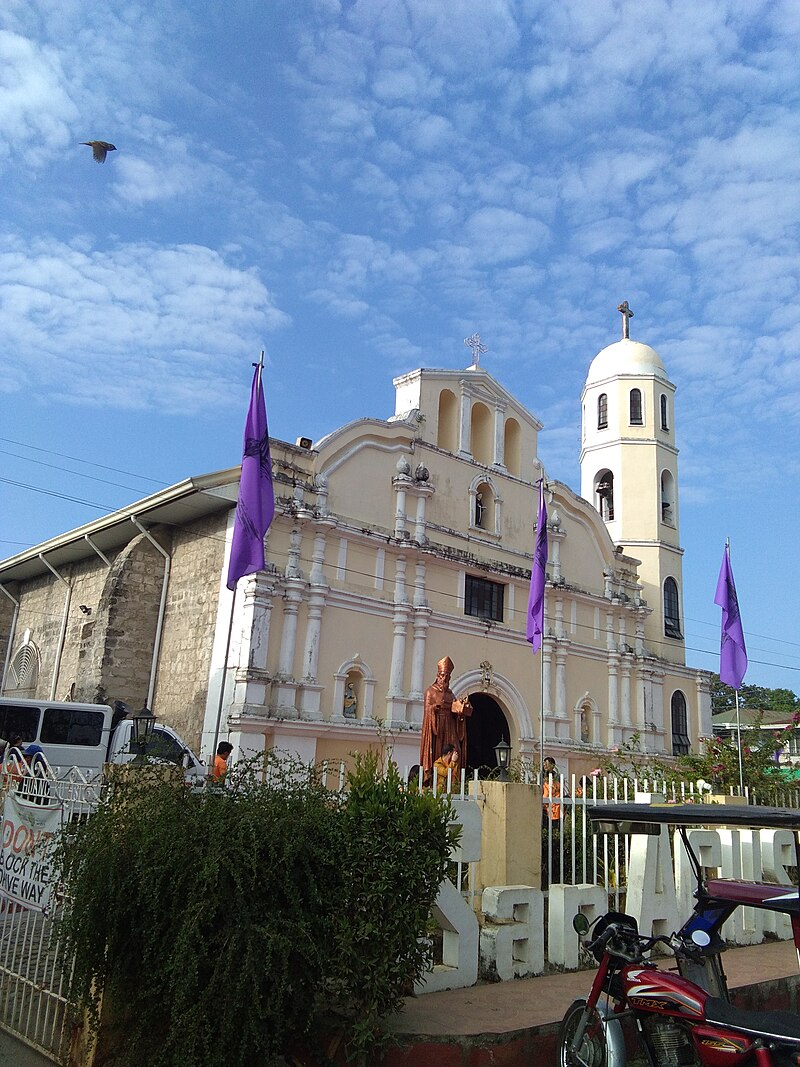Welcome to Iba in Zambales, and welcome to Anthro on Foot's walking tour! This is a self-paced
walking tour
that features key heritage sites and cultural highlights in the area. We hope you enjoy this tour as
much as we
enjoyed curating it!
The Aetas are considered the earliest inhabitants of Zambales. The Aetas are believed to have been
living in Zambales for thousands of years, adapting to the mountainous and forested terrain.
The precolonial communities in Zambales engaged in a variety of economic activities suited to their
environment. The Aetas, for instance, practiced hunting and gathering as their primary means of
subsistence. They relied on the rich biodiversity of the region, hunting wild animals and gathering
fruits, roots, and other edible plants.
The inhabitants of Zambales, being part of a larger network of islands in the Philippines, have
engaged in trade and interactions with neighboring regions. Coastal communities engaged in maritime
trade, exchanging goods and cultural influences with nearby areas.
Like many indigenous peoples in the Philippines, the Aetas of Zambales had their own spiritual
beliefs and practices. These often revolved around animism, where natural elements such as
mountains, rivers, and trees were considered sacred. Rituals and ceremonies were conducted to
appease spirits and seek their protection.
The arrival of Spanish colonizers in the 16th century marked a significant turning point in the
history of Zambales. The Spanish colonization brought about changes in governance, culture, and
religion that had lasting impacts on the indigenous peoples of the region. Despite this, the Aeta
communities and their cultural heritage persist in Zambales, providing a glimpse into the
precolonial history that shaped the province.
The roots of present-day Iba can be traced to the year 1611 when it was established by an
Augustinian Recollect priest in the village of Paynauen. Originally inhabited by the Zambals, the
community later saw an influx of migrating Ilocanos, leading to a blending of customs and
traditions. In the hinterlands, the Aetas settled, with a significant population residing in Mt.
Pinatubo.


